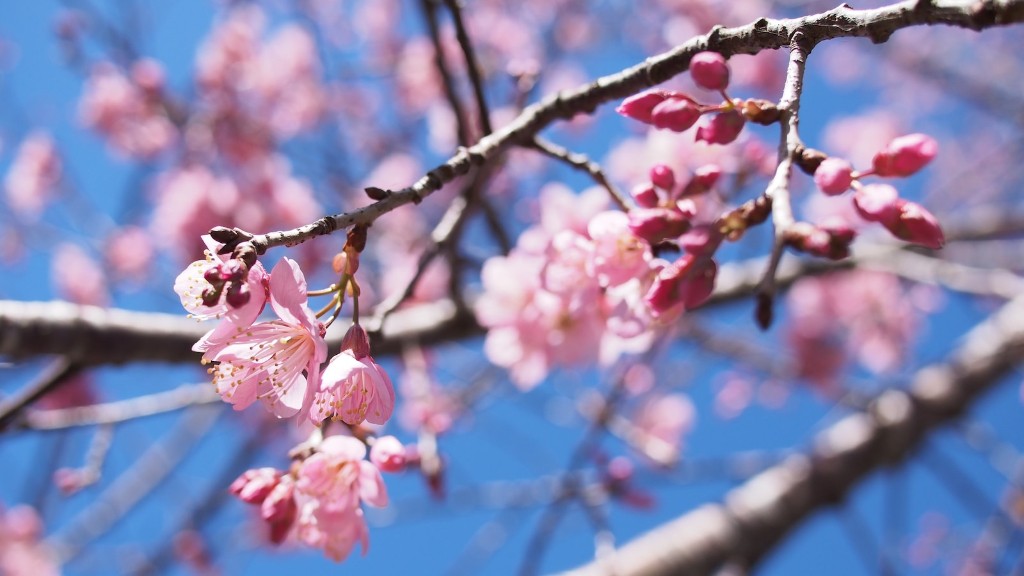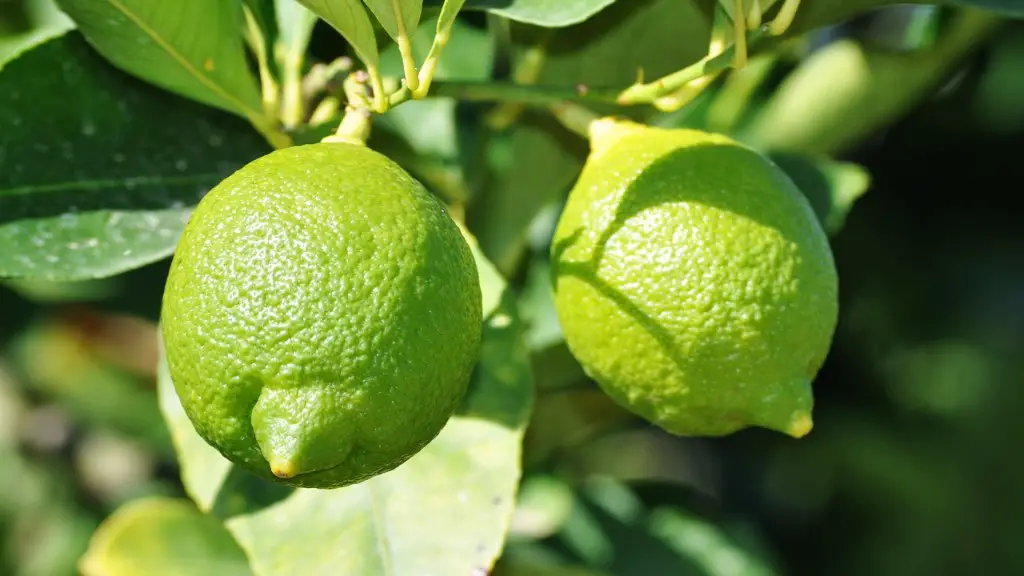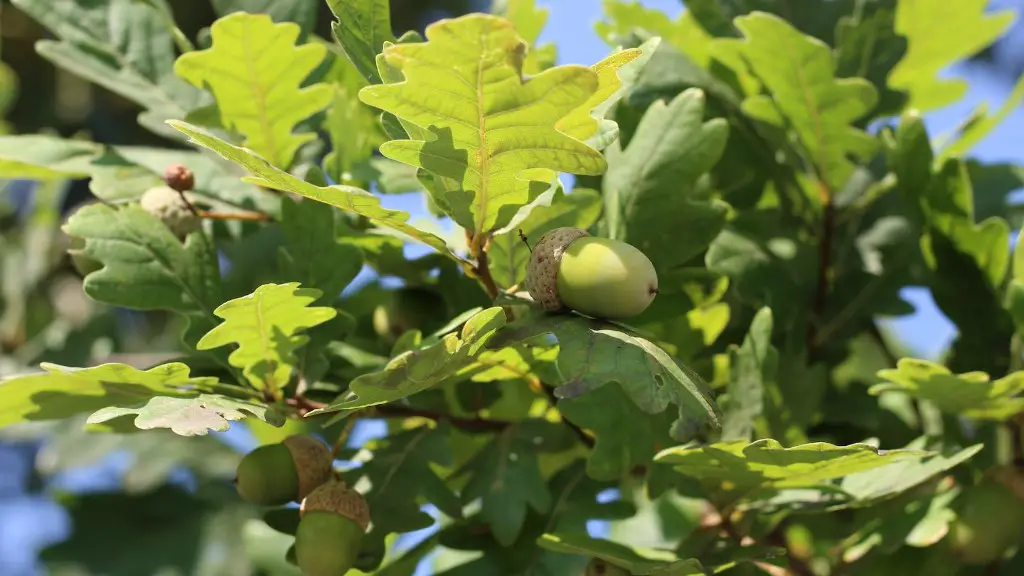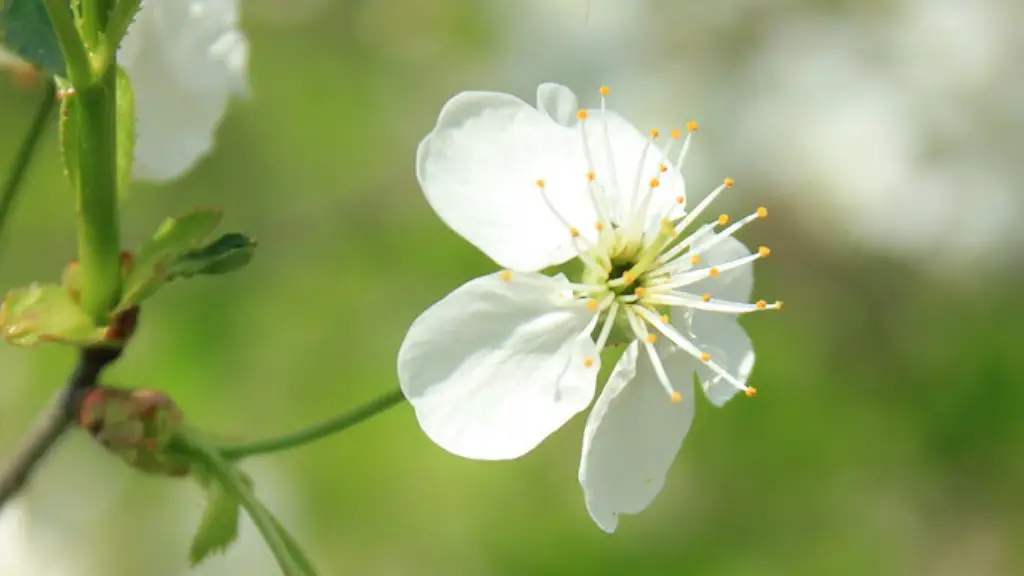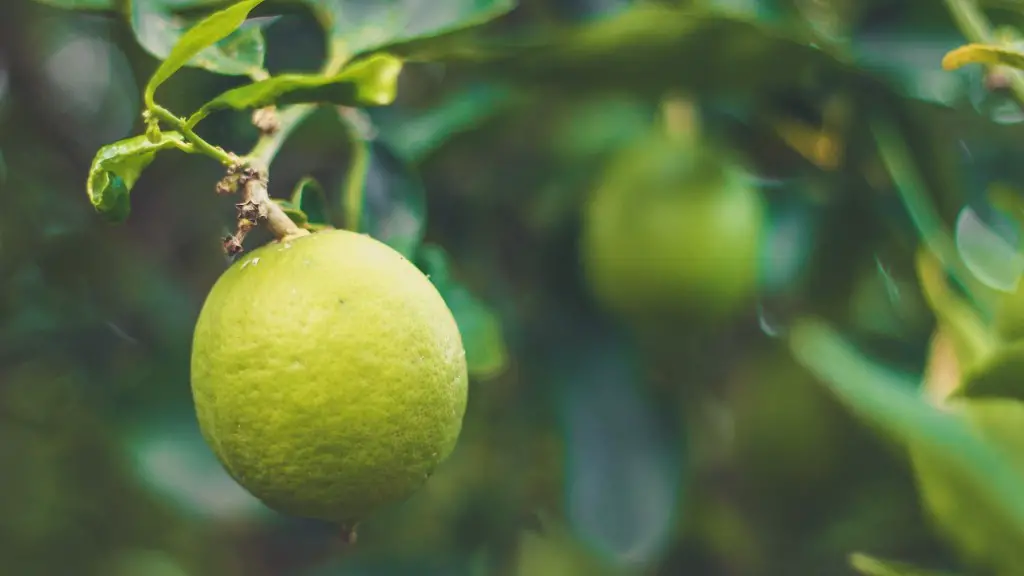Kwanzan cherry trees (Prunus serrulata) are prized for their vibrant pop of springtime pink color, thriving in USDA hardiness zones 5 to 8. Trimming a kwanzan cherry tree requires regular maintenance and occasional pruning to ensure it stays healthy, looks attractive and matures into an impressive ornamental tree. Knowing the right techniques and tools can help you achieve the best results.
Before you start pruning, it’s a good idea to take a look at your tree and consider what shape you’d like it to have. Although allowing branches to grow freely can make a beautiful tree, some people prefer a more open, park-style tree, with a strong central trunk and evenly spaced, radial branches emerging from it.
Once you’ve visualised the desired shape, you can get started. Start by removing any dead, diseased or crossed branches – crossed branches can rub against each other and cause both physical and fungal damage. Cut back the branches to a point just above the collar (the raised area of bark which forms a bridge between the stem and the branch). For larger branches which are too thick to cut with hand pruners, you will need a saw or loppers.
You’ll also need to prune back branches which are growing at weird angles or crossing in the middle. This can help give the tree a more aesthetically-pleasing shape and help remove areas where disease and pests can easily gain access to the tree. If you prune during the winter months, the tree may have intense springtime blooming, as well as healthier, new growth.
When pruning your kwanzan cherry tree, you should avoid going overboard. Excessive pruning can deprive the tree of its natural beauty and sap its energy resources. Pruning can also make your tree more prone to disease and pests, and can even delay flowering or kill off buds.
To minimise risk when pruning, make sure you sterilise your tools to reduce the spread of disease. Regular maintenance pruning should be done in spring, after blooming has finished. Avoid pruning too close to the end of winter, as you might delay the tree’s flowering.
Finally, give your tree some water and a light layer of mulch to help it hold onto moisture and encourage vigorous new growth.
Shaping Young Trees
When your tree is still young, it’s best to shape it using ‘heading back’. This involves cutting the leading shoots off and allowing the side branches to develop. This helps to create a dense canopy with evenly spaced branches and helps reduce the risk of disease and blight. You can also use ‘leaf pruning’ to reduce the size of, and redirect, the leaves on an individual branch. The technique involves pruning individual, healthy leaves to help maintain the desired shape and size of the tree.
Crown Raising and Reduction
Once the tree has matured, regular pruning will be needed to maintain its structure and health. Crown raising involves cutting off the lower branches of the tree to allow easier access underneath, while crown reduction involves reducing the height and spread of the tree, leaving a smaller yet still aesthetically balanced crown.
For a kwanzan cherry tree, head pruning and thinning are often the most effective pruning techniques. To prune the top (head) of the tree, you’ll need to reach all the way to the very top and trim off any shoots which have grown too tall or wide. Thinning can be done on any amount of foliage and involves selectively removing some of the growth, leaving a remaining canopy of evenly spaced branches. This helps to keep the tree open and airy, ensuring it stays healthy and looks good.
Pruning Tips
To get the best results from pruning your kwanzan cherry tree, try to limit your trimming to no more than 20% of the total canopy size. You should also avoid pruning late in the season (August onwards) as this can reduce the amount of blooms produced in the following spring and weaken the tree.
It’s a good idea to have a few pairs of quality pruning tools and sterilise them in between uses. Hand pruners, a saw, loppers, and a pruning knife are all helpful tools to have in your arsenal. Hand saws are best for trimming larger branches, while hand pruners are great for small- to medium-sized branches. And always remember to use proper safety equipment when working with a ladder.
After Pruning
When you’ve finished pruning your kwanzan cherry tree, it’s important to take care of it afterwards. Give the tree an inch or two of nutrient-rich soil and an inch of water every few weeks, and use an organic mulch around the base to help keep the area stable and retain moisture. Pruning should help encourage healthy and vigorous new growth on your tree, resulting in bountiful springtime blooms.
Challenges With Pruning
Although pruning a kwanzan cherry tree is generally quite simple and straightforward, there are a few challenges to be aware of. For example, because of the way they’re shaped, kwanzan cherry trees tend to develop branches in clusters. This can make it harder to obtain the desired shape in the canopy. It’s also important to remember that pruning too severely can weaken and stress the tree, so make sure you trim only light cuts.
The Right Time To Prune
The best time to prune any tree is during late winter or early spring when the tree is still dormant. Try to avoid pruning when the temperatures are too hot or too cold. You’ll want to wait until the leaves drop in the autumn and before new growth starts to appear. When pruning in late winter, wait until at least two weeks after the last predicted frost, as heavy pruning can make the tree more vulnerable to cold weather.
Signs Of Stress From Pruning
Anytime you prune a tree, there’s a chance of stressing the tree and causing it to become weak or in danger of diseases or pests. You should monitor your tree for signs of stress, such as yellowing leaves, wilting, or branches dying off. If you notice any of these signs, it’s important to immediately seek advice from an arborist or a tree care specialist.
